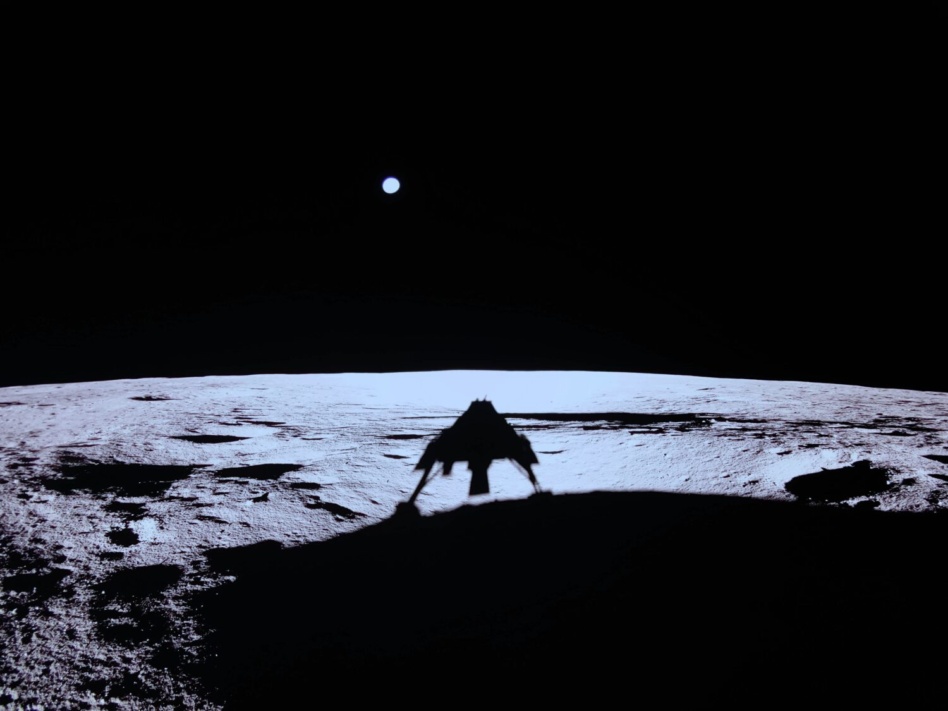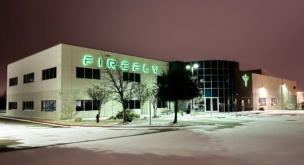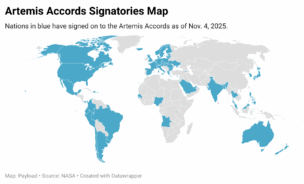With three years left in NASA’s initial effort to buy commercial rides to the Moon, industry is urging Congress to approve a “CLPS 2.0” follow-on—and to consider changes to the program that can better support the fledgling commercial lunar industry.
At a House Science, Space, and Technology Committee hearing today, three lunar startup CEOs—John Thornton of Astrobotic, Jason Kim of Firefly, and Steve Altemus of Intuitive Machines—plus officials from NASA and academia testified about what the CLPS program has achieved so far, and what’s next.
Context: NASA established the CLPS program in 2018 with a 10-year timeline to award a total pot of up to $2.6B. The goal was to translate the space agency’s commercial cargo and crew models to cislunar space, and to buy a ride on commercially owned and operated spacecraft rather than purchasing the hardware. It vetted nine companies that would be eligible to bid on commercial missions and awarded its first contracts in 2019.
Since then, three US companies have flown four missions, and the program is just getting started. Two more CLPS spacecraft are expected to head to the Moon this year, and three flights are set for 2026, Nicola Fox, the associate administrator of NASA’s Science Mission Directorate, said at the hearing.
Building blocks: Each of the CEOs asked lawmakers to support block buys in CLPS 2.0. Awarding contracts for multiple missions ahead of time gives industry the opportunity to purchase materials in advance, providing certainty in both the supply chain and the workforce, the top execs argued.
Other industry requests for a CLPS 2.0 program include:
- Launching more frequent missions to allow companies to build up infrastructure on the Moon
- Expanding contracts so services can be used by government agencies outside of NASA, including national security customers
- Increasing investment in spacecraft testing facilities and communications capabilities that would benefit CLPS providers
VIPER woes: Lawmakers used the hearing as a chance to sharply question NASA about its decision to halt its VIPER mission when the lander was nearly complete, except for some final testing. Rep. Brian Babin (R-TX) asked Fox why the space agency initially decided to put the expensive lander on this type of high risk, high reward flight.
“We had anticipated having several successful landings at that point and brought down the risk,” she said. “In addition, VIPER costs went up…It didn’t make sense to put such an expensive system on an untested lander.”
Fox confirmed the spacecraft is being stored safely while NASA considers other proposals to ferry it to the lunar south pole, where it was expected to study water ice.
Recurring theme: Many lawmakers asked about America’s lunar program specifically in relation to competition with China, questioning what the US successfully beating Beijing would look like on the Moon.
“The Moon is not just a destination. It is a strategic and economic high ground,” Thornton said. “We are at a moment of truth where we must ask ourselves if America will continue to lead the 53 nations that have signed the Artemis Accords…or if we will cede that to China, a competitor nation that doesn’t share our values.”




